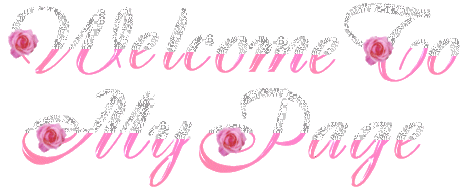Windows 8 Features & Release Date
Windows, being one of the most used OS, brings great challenges for
Microsoft to keep its users impressed in the next version of Windows. Although Windows 7 has done exceptionally well since its release,
Microsoft has been constantly working to make the next version of
Windows a better one by further improving upon the existing features,
and have added new impressive Windows 8 features along with a stunning
UI.
Microsoft released the early version of Windows 8 on a prototype tablet last week. Those of you who would like to taste and experience the all new Windows 8,
you can download the Developer Preview, which is currently in pre-beta
version. The developer version shows off the current stage of the OS. It
is available for free download, and comes in three different packages:
- (1) 64-bit version – Only the OS
- (2) 32-bit version – Only the OS
- (3) 64-bit version with developer tools
Windows 8 Features
Windows 8 offers a number of new Windows 8 features from its all new
UI to Windows App Store and improvised security features. Here’s a list
of new features and improvements which will arrive with Windows 8 is support for both x86 PCs and ARM tablets. Windows 8 is the first edition of Windows which will work on both ARM
based tablets and traditional x86 (as well as x32 and x64) PCs based on
ARM processors from Intel and AMD.“Support for ARM-based chipsets, touch, and sensors makes Windows 8
work beautifully on your choice of a full spectrum of devices, such as
10-inch slates with all-day battery life, ultra-lightweight laptops, and
powerful all-in-ones with 27-inch high-definition screens,” Microsoft
contends, in a Windows 8 Guide distributed with Windows Developer Preview.









